1. Let’s dive into the world of French cuisine!
Do you want to impress your friends and family with your newfound culinary skills? Look no further than French cuisine! French food is known for its delicious flavours and elegant presentation, but it doesn’t have to be complicated to make. Even if you’re a beginner in the kitchen, you can still create mouthwatering French dishes that will rival those from your favorite bistro. So put on your chef’s hat, grab a baguette, and get ready to say “bon appétit!”
2. Why French recipes are perfect for beginners

Not all French recipes involve snails (or frogs’ legs)! In fact, French recipes are unusually varied and are perfect for beginners for several reasons:
1. Simple Ingredients: French cuisine relies on simple, high-quality ingredients. Most French recipes use basic pantry staples like butter, garlic, onions, and herbs. These ingredients are readily available and easy to work with, making it convenient for beginners to create delicious meals without the need for complex or hard-to-find ingredients.
2. Basic Techniques: French cooking emphasizes foundational cooking techniques such as sautéing, braising, and roasting. These techniques are easy to learn and can be applied to a wide range of dishes. Mastering these basic cooking techniques will give beginners a solid foundation to build upon as they explore more advanced recipes and techniques.
3. Versatility: French cuisine offers a wide variety of dishes that cater to different tastes and preferences. Whether you’re a meat lover, vegetarian, or have dietary restrictions, you’ll find French recipes that suit your needs. From classic beef bourguignon to ratatouille, there are endless options to explore and experiment with.
4. Emphasis on Presentation: French cooking places great importance on the presentation of dishes. While this may seem intimidating to beginners, it actually encourages attention to detail and careful preparation. Paying attention to presentation not only makes your dishes look beautiful, but it also enhances the overall dining experience.
5. Cultural Significance: French cuisine is renowned worldwide and is ingrained in culinary history and culture. By learning French recipes, beginners can gain a deeper appreciation for the traditions and techniques that have shaped the culinary world. Exploring French cuisine allows beginners to connect with a rich culinary heritage, making the cooking experience even more enjoyable and meaningful.
So whether you’re looking to impress your loved ones or simply broaden your culinary skills, French recipes offer the perfect combination of simplicity, versatility, and cultural significance for beginners to dive into the world of French cuisine.
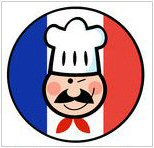
On our website, just click the ‘French Recipes’ icon to find a load of mouth-watering recipes you can try. These are just the beginning of your French cooking journey. As you gain confidence in the kitchen, don’t be afraid to explore more complex French dishes and experiment with different ingredients and techniques. The essence of French cuisine lies not only in the taste but also in the experience of enjoying food and savoring every moment. So gather your loved ones, set the table with a touch of elegance, and let the flavours of France transport you to a world of gastronomic delight. Bon appétit!
 Today wasn’t the first time I’ve done it… bought a fresh baguette, still warm from the local boulangerie, cut a bit off ‘just to try it’, smeared it well with butter and, half-an-hour later, looked at the pile of crumbs on the worktop where the baguette used to be. There’s something about genuine French baguettes that brings out the food devil in me.
Today wasn’t the first time I’ve done it… bought a fresh baguette, still warm from the local boulangerie, cut a bit off ‘just to try it’, smeared it well with butter and, half-an-hour later, looked at the pile of crumbs on the worktop where the baguette used to be. There’s something about genuine French baguettes that brings out the food devil in me.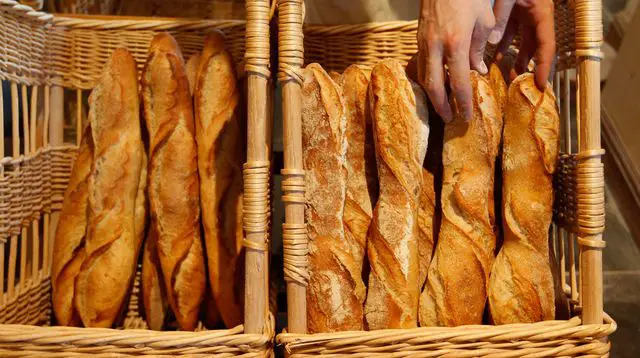 In 1900, the average French person ate more than three baguettes every day. By 1970, that number had fallen to just one baguette per day. And these days, people eat just half a baguette on a daily basis. Now, half a loaf of bread every day might still seem like a lot of white bread to consume. But for the French of the early 20th century, that would be heresy!
In 1900, the average French person ate more than three baguettes every day. By 1970, that number had fallen to just one baguette per day. And these days, people eat just half a baguette on a daily basis. Now, half a loaf of bread every day might still seem like a lot of white bread to consume. But for the French of the early 20th century, that would be heresy!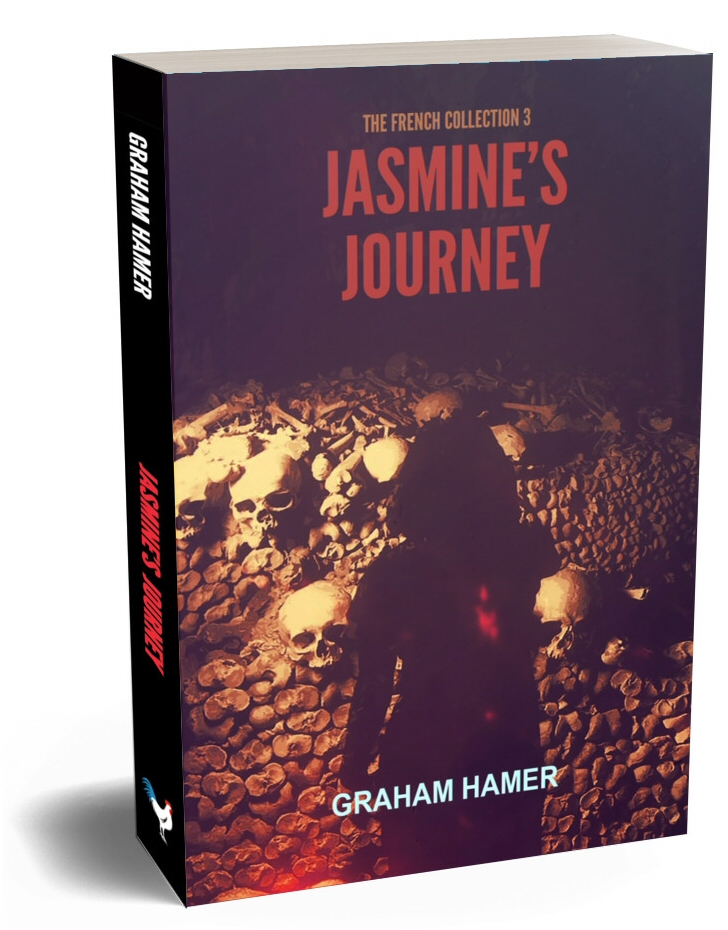 Jasmine Guichard didn’t want Father Barbier touching her. She’s a plucky eight-year-old and she makes a run for it, but finds herself deep under the streets of Paris and lost in a maze of dark tunnels. But for a chance glimpse of her whilst visiting the catacombs, Harry and Tristan would have been none the wiser. Yet what can they do about it? They are eventually helped in their efforts by a young nun who is not at all what she seems. There’s more going on behind the closed doors of the Daughters of Charity of Saint Isabelle of France than meets the eye – a lot more.
Jasmine Guichard didn’t want Father Barbier touching her. She’s a plucky eight-year-old and she makes a run for it, but finds herself deep under the streets of Paris and lost in a maze of dark tunnels. But for a chance glimpse of her whilst visiting the catacombs, Harry and Tristan would have been none the wiser. Yet what can they do about it? They are eventually helped in their efforts by a young nun who is not at all what she seems. There’s more going on behind the closed doors of the Daughters of Charity of Saint Isabelle of France than meets the eye – a lot more.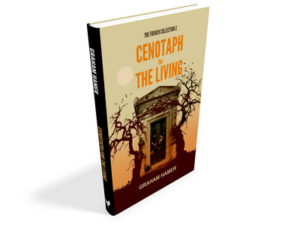 In Cenotaph for the Living, Tristan disappears on his 20th birthday. His family receive a ransom note demanding one million euros. The trouble is, they can’t report it to the police because it’s the police who sent the ransom note. Matters go from bad to worse until an old friend of Ken’s arrives on the scene. He’s been brought in to track down the corruption in the police and gendarme services. But it’s two against dozens. How is that going to pan out? Meanwhile Camille Laurent finds herself talking to a ghost who doesn’t know who he is.
In Cenotaph for the Living, Tristan disappears on his 20th birthday. His family receive a ransom note demanding one million euros. The trouble is, they can’t report it to the police because it’s the police who sent the ransom note. Matters go from bad to worse until an old friend of Ken’s arrives on the scene. He’s been brought in to track down the corruption in the police and gendarme services. But it’s two against dozens. How is that going to pan out? Meanwhile Camille Laurent finds herself talking to a ghost who doesn’t know who he is.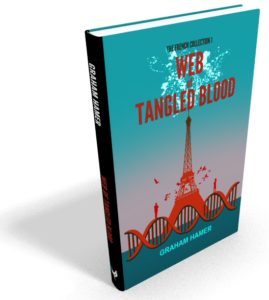 Web of Tangled Blood stretches the nerves as Florence and Ken rekindle old feelings and old desires while they search for their lost son. But there is more than one elephant in the room as they struggle to understand their past. Meanwhile, Florence’s brother is making life as difficult as he can and it is only by bringing Harry (Harriet) Lewis over from her home on the Isle of Man that Florence and Ken can begin to make sense of the mutitude of problems that beset them. But Harry has her own issues to deal with.
Web of Tangled Blood stretches the nerves as Florence and Ken rekindle old feelings and old desires while they search for their lost son. But there is more than one elephant in the room as they struggle to understand their past. Meanwhile, Florence’s brother is making life as difficult as he can and it is only by bringing Harry (Harriet) Lewis over from her home on the Isle of Man that Florence and Ken can begin to make sense of the mutitude of problems that beset them. But Harry has her own issues to deal with.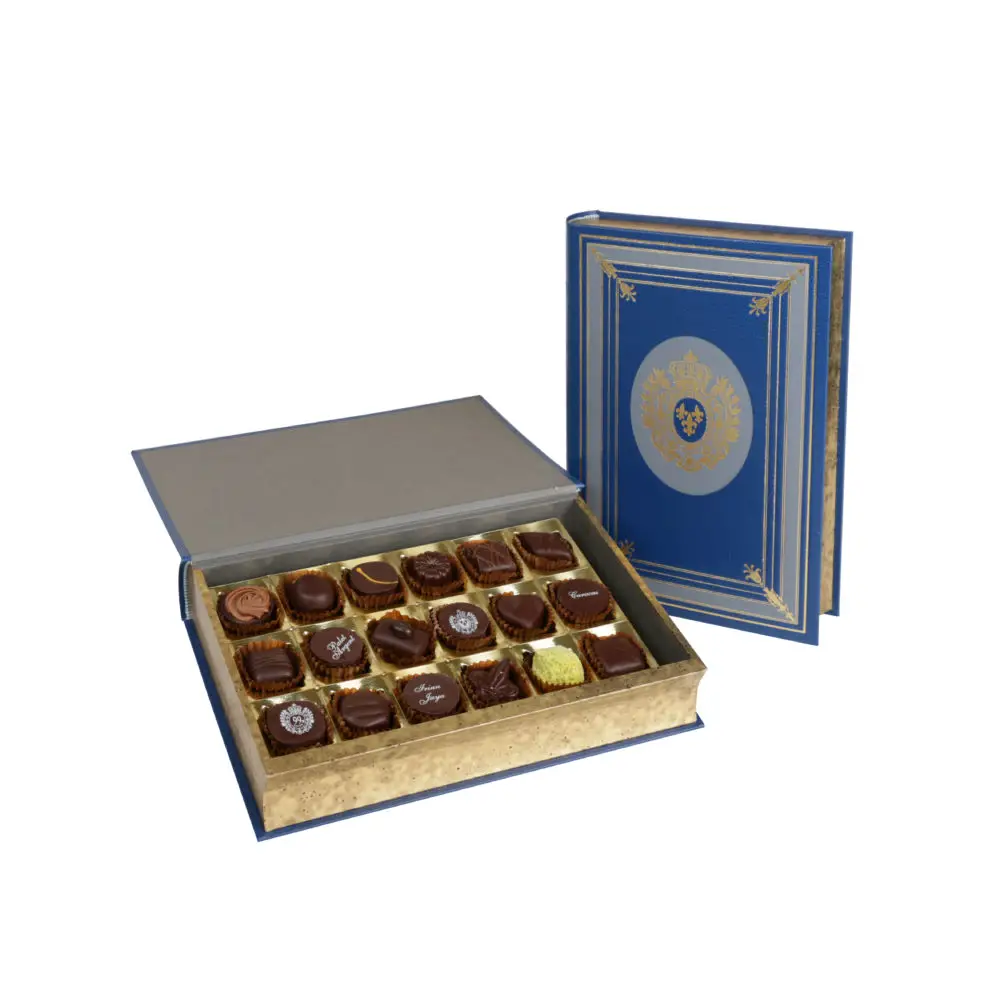 If you are in Paris looking for quality chocolates, there are two places I can highly recommend. The first is
If you are in Paris looking for quality chocolates, there are two places I can highly recommend. The first is 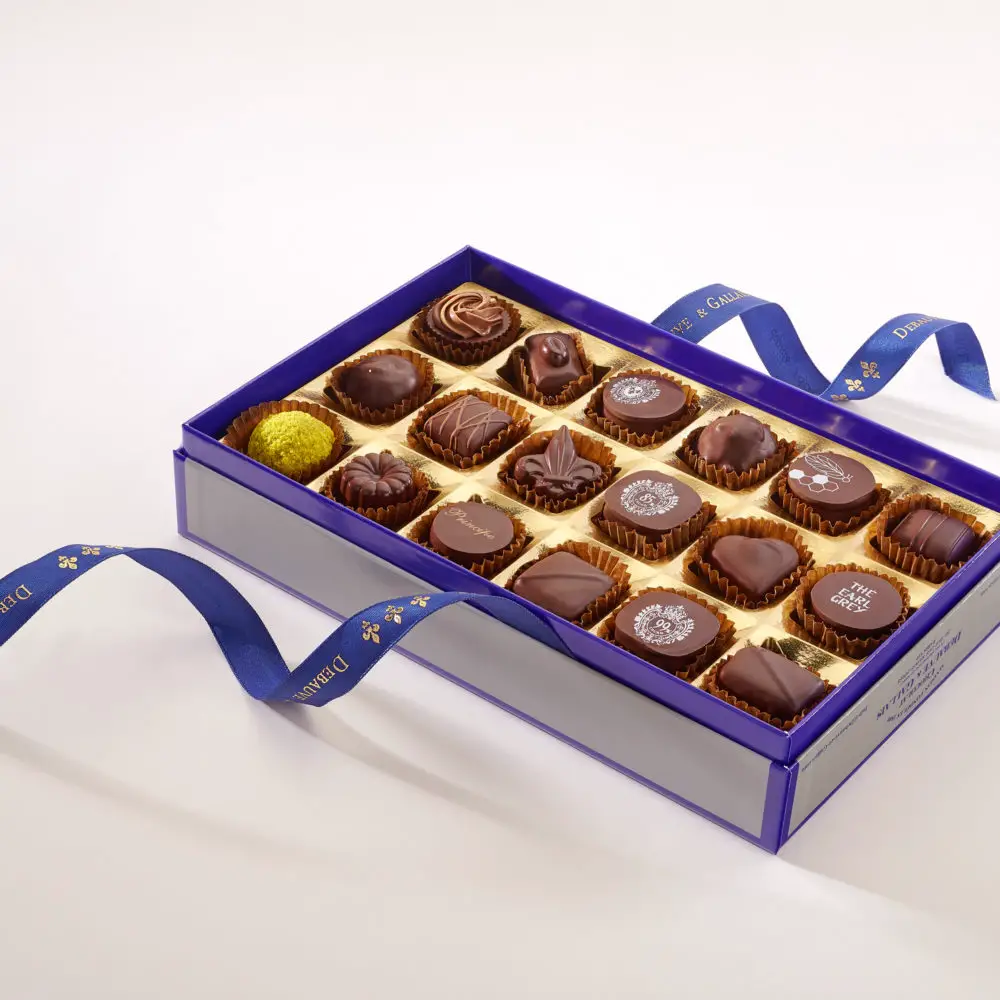 As a pharmacist, Sulpice Debauve perfected the first individual chocolates in which he blended a headache remedy with cocoa butter. Marie-Antoinette fell in love with these chocolate drops, which she dubbed “The Queen’s Coins”
As a pharmacist, Sulpice Debauve perfected the first individual chocolates in which he blended a headache remedy with cocoa butter. Marie-Antoinette fell in love with these chocolate drops, which she dubbed “The Queen’s Coins”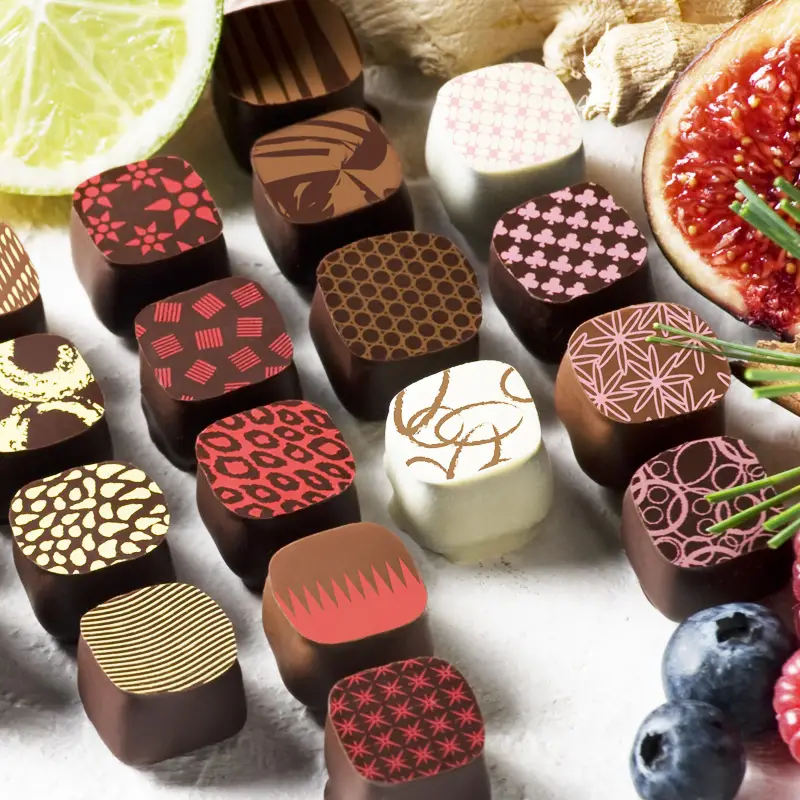 Being a poor blogger, I prefer to go onto Boulevard Saint-Germain, just round the corner from Debauve & Gallais and enter the small, but delightful, shop of
Being a poor blogger, I prefer to go onto Boulevard Saint-Germain, just round the corner from Debauve & Gallais and enter the small, but delightful, shop of 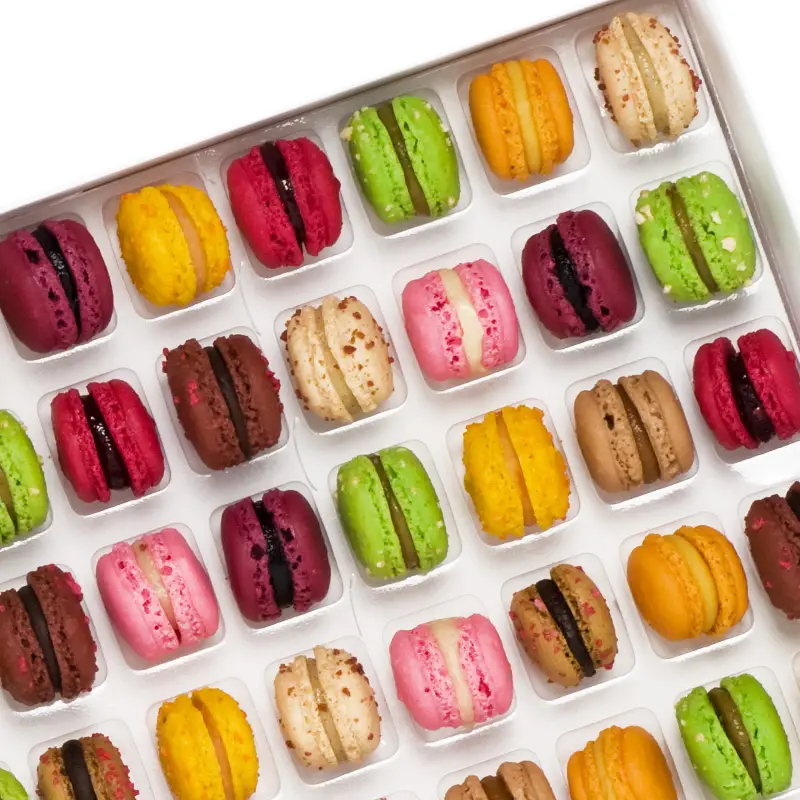 Their story began in 1925, in the family workshop of the Croix-Rousse in Lyon. Very early, Joseph and Renée Richart understood the influence of all our senses and particularly that of smell in the pleasure of tasting. They devoted themselves to making an artisanal chocolate with intense and often complex aromatic notes. Two generations and nearly a century later, they continue from father to son this tradition of chocolatier-arômier. Their macarons and mini-macarons are heaven on earth.
Their story began in 1925, in the family workshop of the Croix-Rousse in Lyon. Very early, Joseph and Renée Richart understood the influence of all our senses and particularly that of smell in the pleasure of tasting. They devoted themselves to making an artisanal chocolate with intense and often complex aromatic notes. Two generations and nearly a century later, they continue from father to son this tradition of chocolatier-arômier. Their macarons and mini-macarons are heaven on earth.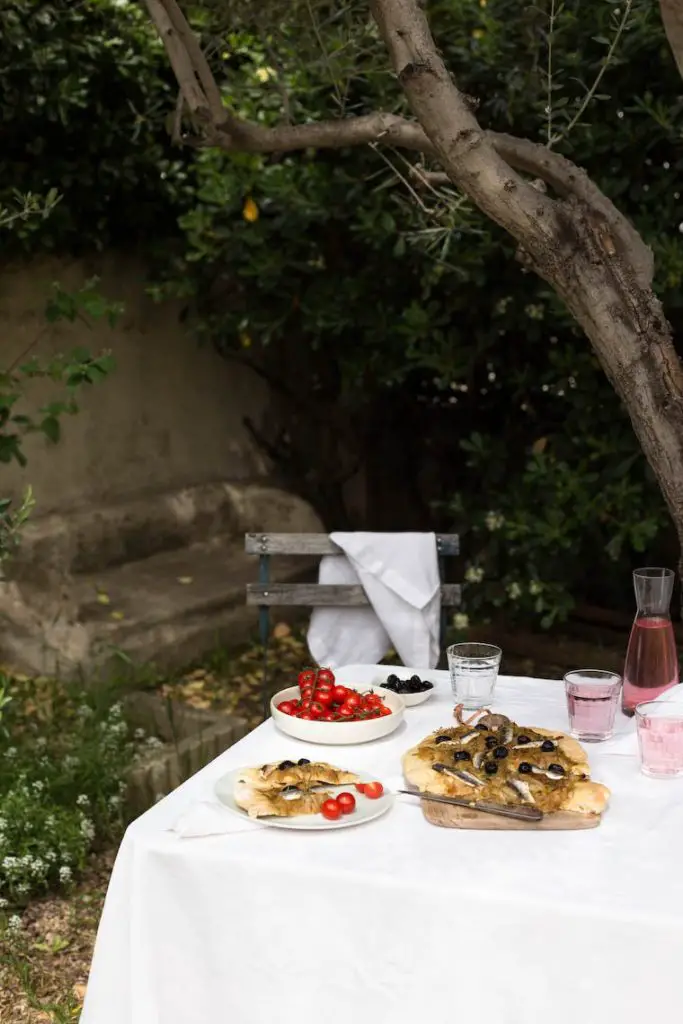 One of the things I love about spending so much time in France is the easy-going outdoor life that summer brings. Having just come back from spending almost four months on the Isle of Man, it’s lovely to make the best of the end of summer with light meals on the terrace.
One of the things I love about spending so much time in France is the easy-going outdoor life that summer brings. Having just come back from spending almost four months on the Isle of Man, it’s lovely to make the best of the end of summer with light meals on the terrace.
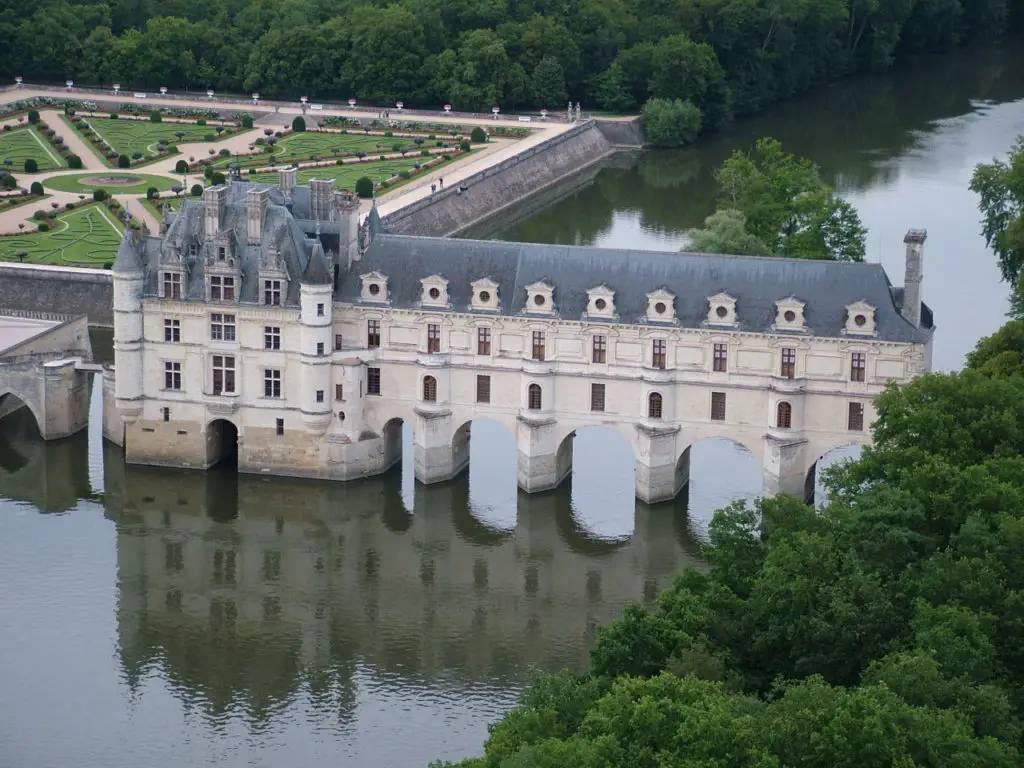
 Yet, one of my favourites has nothing to do with duck, and more to do with cheese. It’s
Yet, one of my favourites has nothing to do with duck, and more to do with cheese. It’s  Sarah gets a new police partner called Penny, and her initial reaction is not good since the new girl has the same name as her former partner and friend who was killed by jihadists six years previously. However, Penny proves to be a good match for Sarah as they are sent on a hunt for the truth into The Dordogne region of France. Meanwhile, Hjalmar’s past has caught up with him again in the form of The Vicar. But now, Hjalmar’s using his computer skills to track a group of influential paedophiles, and deals are made so that the past can be forgotten. When he sees Penny, he loses more than just a few fingers – he loses his heart. Will it end in happiness, or will it end in tears?
Sarah gets a new police partner called Penny, and her initial reaction is not good since the new girl has the same name as her former partner and friend who was killed by jihadists six years previously. However, Penny proves to be a good match for Sarah as they are sent on a hunt for the truth into The Dordogne region of France. Meanwhile, Hjalmar’s past has caught up with him again in the form of The Vicar. But now, Hjalmar’s using his computer skills to track a group of influential paedophiles, and deals are made so that the past can be forgotten. When he sees Penny, he loses more than just a few fingers – he loses his heart. Will it end in happiness, or will it end in tears?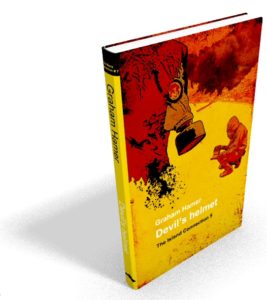 A disgruntled army Colonel threatens the island with the most toxic chemical agent ever synthesized. But worse is yet to come as an even more dangerous threat becomes apparent. The Devil’s Helmet is the code name for a toxin that is so lethal it could wipe out the whole population of the Isle of Man. And the man who is going to release it is never what he seems. Meanwhile Rolien is trying to find Hjalmar. But she’s not the only one as Hjalmar’s past threatens to catch up with him.
A disgruntled army Colonel threatens the island with the most toxic chemical agent ever synthesized. But worse is yet to come as an even more dangerous threat becomes apparent. The Devil’s Helmet is the code name for a toxin that is so lethal it could wipe out the whole population of the Isle of Man. And the man who is going to release it is never what he seems. Meanwhile Rolien is trying to find Hjalmar. But she’s not the only one as Hjalmar’s past threatens to catch up with him.